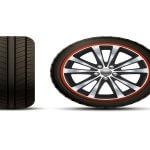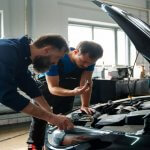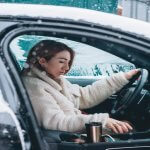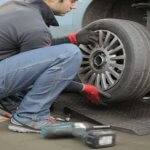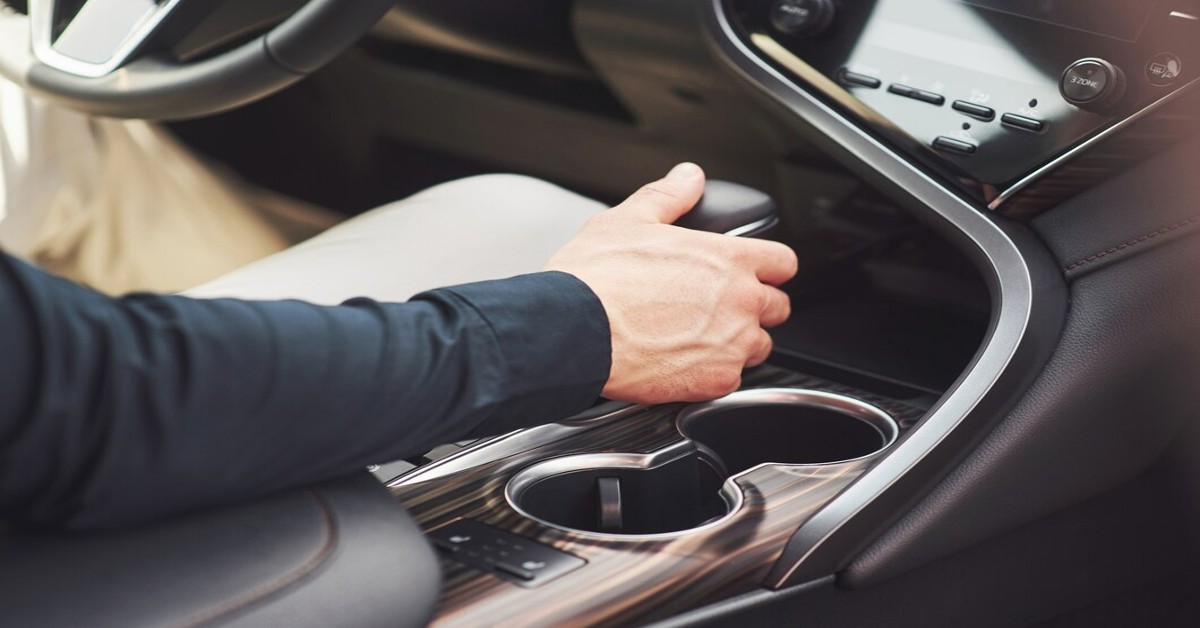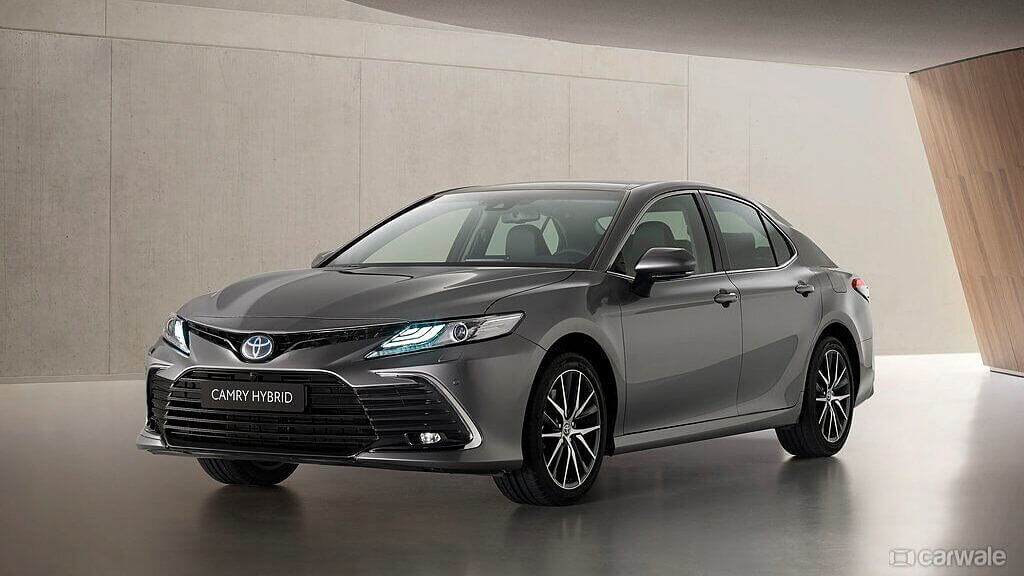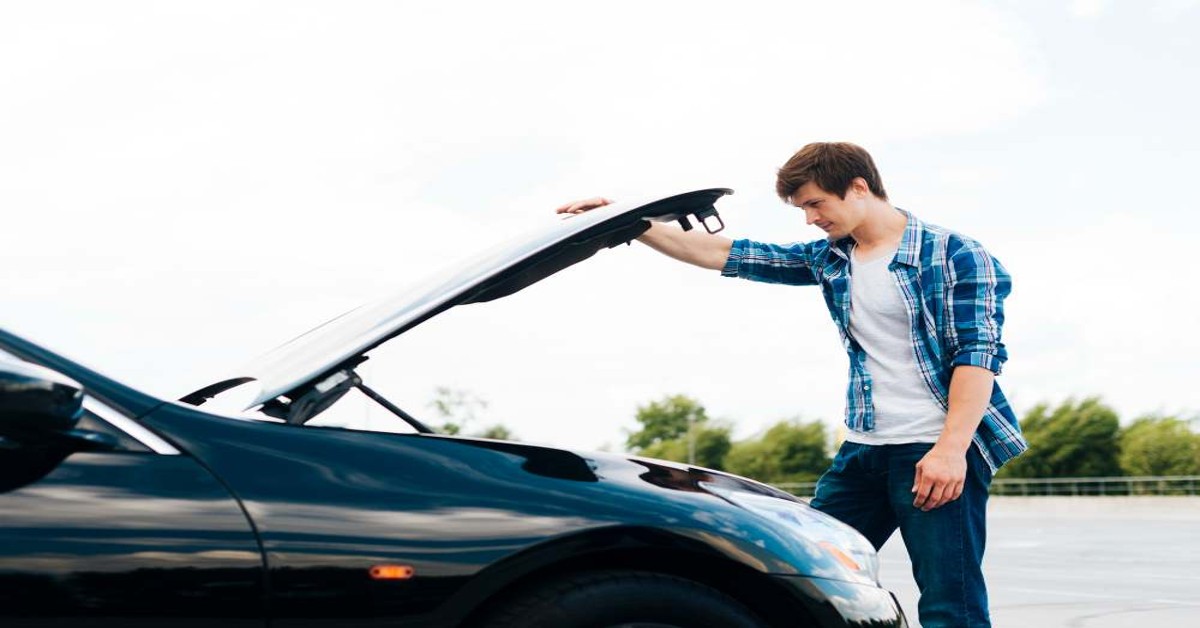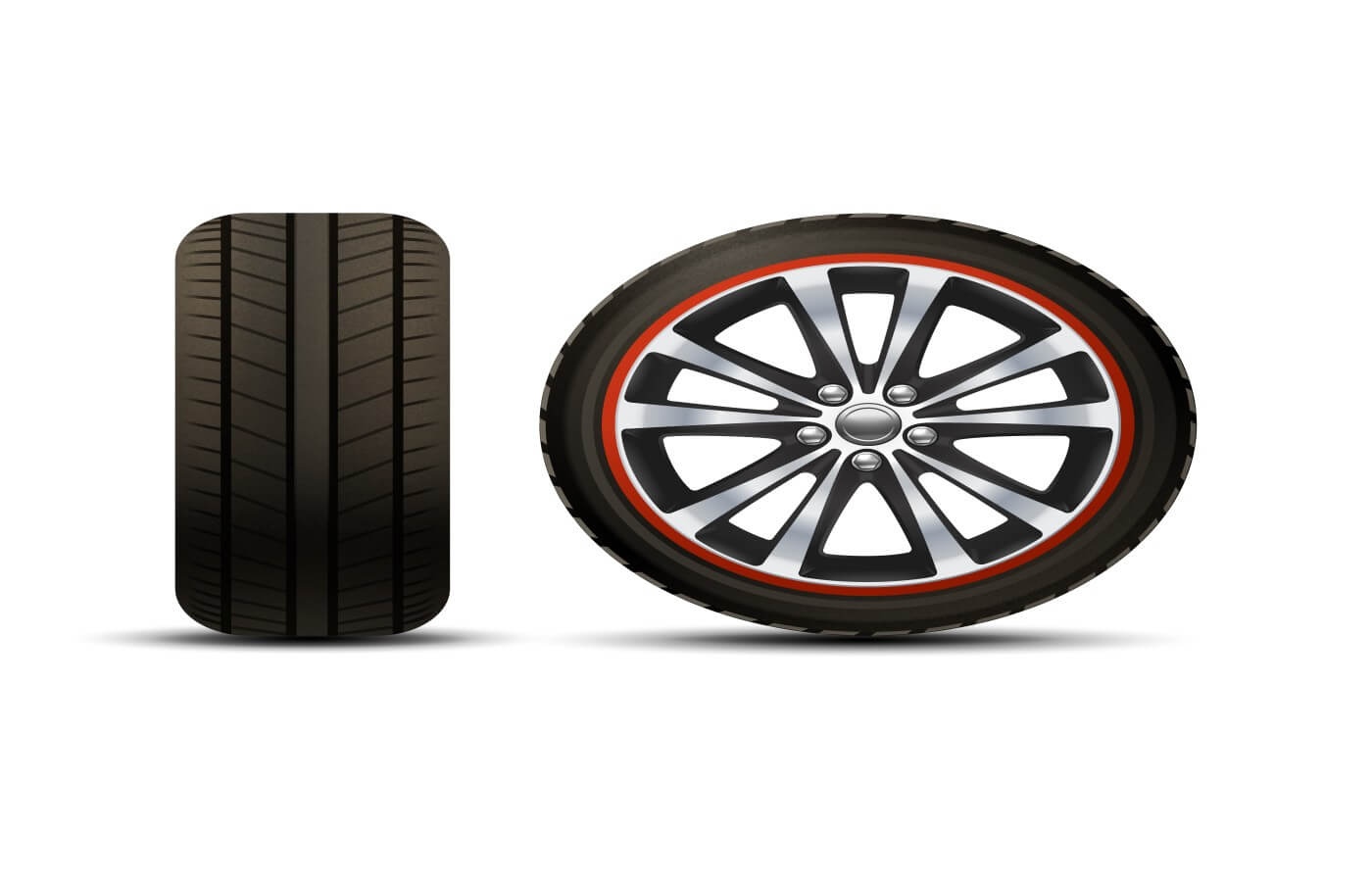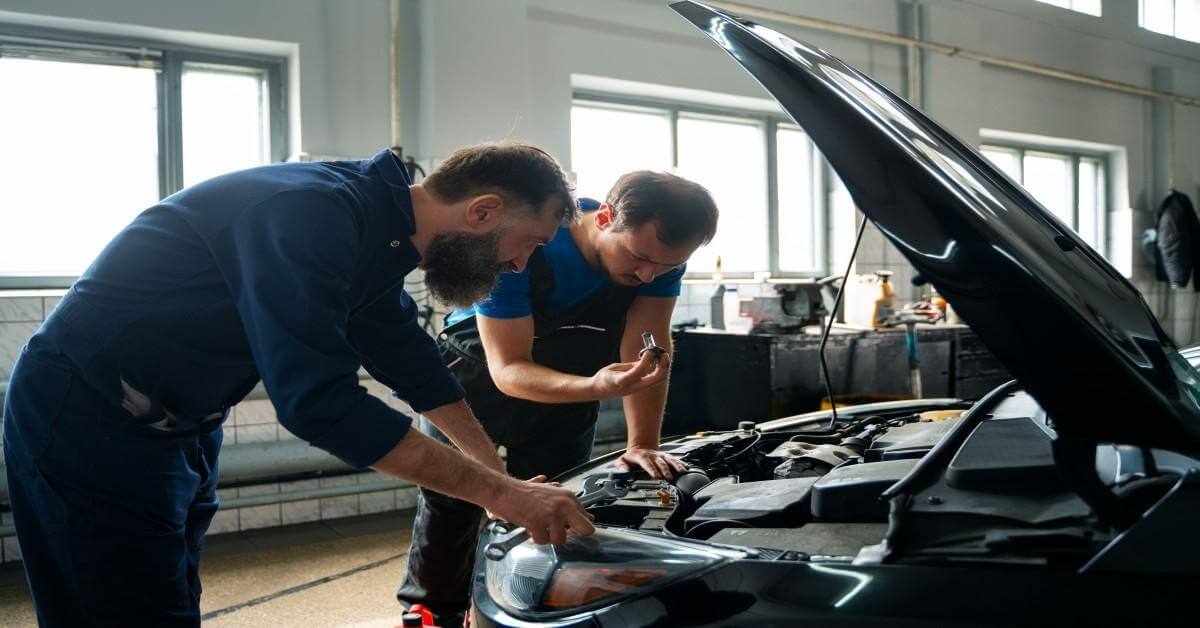Transmission repairs don’t come cheap. In fact, they are some of the most costly repairs you could expect if something goes wrong in your car. And in spite of this, the need for clutch overhauls occurs far too soon than necessary. This, as far as I know, can be chalked up mainly to bad driving habits and a general lack of knowledge among drivers.
The clutch is a delicate component in a manual vehicle that acts as a link between the engine and the transmission. The shifts in gears naturally wear the components down the road, though if you aren’t careful in using it you could be looking at a transmission repair much sooner.
Table of Contents
What Does The Clutch Do
The engine is what powers the vehicle, but in order for the power to be utilized and sent down to the wheels, it requires a system that mediates that. A clutch is simply that device used to control the transfer of energy from the engine to the wheels. When an engine is rotating, it is not necessary for the car to be in motion as well. For this, the clutch engages and disengages the engine from the axle as and when necessary.
Avoid Riding The Clutch
This is a mistake that sadly not a lot of people realize to be in the habit of. Riding the clutch simply means resting one foot on the clutch pedal while it is not in use. This puts extra stress on the transmission as it is constantly in contact with the gears to shift from one gear to another. It is also one of the most common reasons for transmission repairs as far too many people do this unknowingly. In general, you should avoid resting your foot on the clutch pedal. The pedal should be either fully depressed or completely untouched. This allows the clutch to be used only when necessary and avoid damage where it isn’t needed.
Use Handbrake
Another common slip a lot of the newbie drivers make is not using the handbrake. The emergency brake also called the parking brake is a secondary braking mechanism of your vehicle that is meant to keep it securely motionless. Originally, it was designed to be used in case of an emergency. However, today, it plays a crucial part in protecting the transmission from the damage of handling the entire weight of the vehicle on a small latch. Not using the parking brake, especially when stopping at an inclined position, places the entire weight of the vehicle on something called the parking pawl. It is a small component located under the gear selector that locks the transmission resting the car on a latch. Using the parking pawl long-term can wreak havoc on the transmission and possibly even cause the pawl to break before that.
Don’t Use Clutch While Braking
When you’re new to driving, it is taught to always depress the clutch first before pushing the brake pedal. And though the advice is not all wrong, it is not applicable to regular on-road driving. While learning you usually drive slow, at 10-20 miles an hour, at which it would be a good use clutch and not have the car stall out on you. But driving at say 40 miles an hour, slowing down using the brake is more apropos. Using the clutch continually again and again and spasmodically can lead to accelerated wear on the bearings and cause the transmission to malfunction.
Use Neutral While Waiting At Signals
Generally, using the clutch to keep the car stationary at a traffic signal makes sense because you don’t have to put the vehicle in gear again till the light turns green. It seems logical that not engaging the clutch would cause less stress. However, the ideal thing to do would be to leave the car in neutral. When you stay in drive, the vehicle will still be using the transmission and slowly wearing the fluid because you’re essentially stopping when it wants to drive.
Use The Clutch Only When You Have To
The clutch is a mechanical linkage of the most delicate part of your car. Switching between gears no doubt will take a toll and wear the components. But, I am not suggesting to not use the clutch. You should use it as and when it is needed but there are certain places where slamming the clutch becomes unnecessary. For example, in bumper-to-bumper traffic where you are trudging at an excruciatingly slow speed but want to get off your spot, you might not want the car to stall out and constantly press the clutch even when it is not needed.



